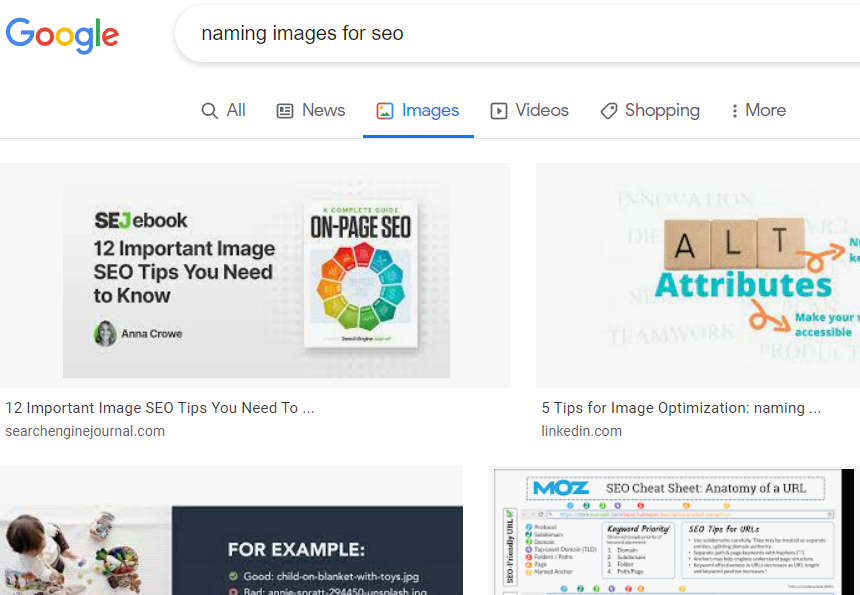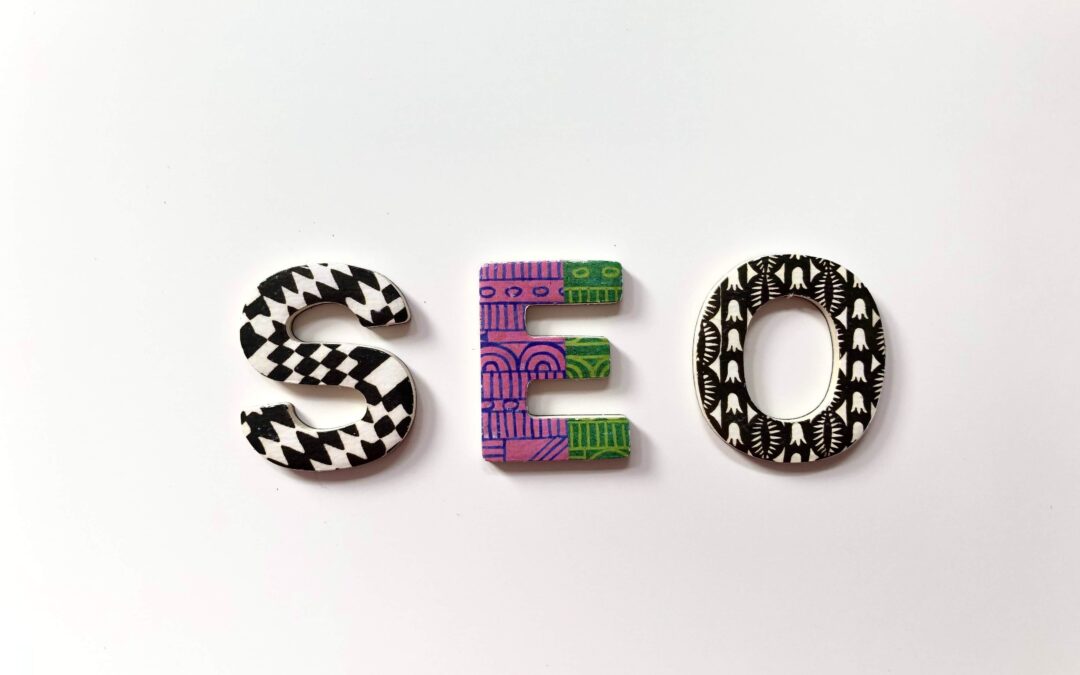Our last blog went over three easy tips for getting better search engine ranking(SER), and we mentioned in that post that we’d go into more details on naming images for SEO with this one. Why? Well, believe it or not, naming your image files can make a big difference in your SEO results.
Some Reasons for Naming Images for SEO
When it comes to search engine optimization(SEO), every little thing you can do to contribute is going to make a difference. From your titles and tags, to your keyword usage and beyond. Did you know that even having an image in your blog post or on your web pages is helpful?
Search Engines Like Images
Images contribute to what search engines interpret as quality content. Content with images also gets more clicks and possibly shares. Because we are visual creatures. Search engines know this, thus, they reward content containing quality images.
Naming these images is even a bigger helping hand in search engines finding your content. Through your alt text, image titles and captions, you feed information(metadata) to the search engine, making your content more discoverable.
Images Can Drive Traffic to Your Website
Plus, search engine users(aka people/your audience) often search topics and keywords through an image search. If your images are named properly they’ll pop up! Users can then find your written content associated with that image.
Okay, But How Does it Work?
Because search engines are able to read and find images they can also determine if they’re relevant and good quality by their metadata—the text you use to describe and name them. Naming images for SEO requires using keywords and descriptions that match and relate to the image and to the content the image is part of.

Best Practices for Naming Images for SEO
When naming images for SEO you need to make sure the images and text you use are relevant to your content. There are a few other things you need to remember, and should consider as well.
1- Using original images rather than stock photos is better if possible. Why? Well, search engines tend to favor original content. Plus, original images stand out and make your content more shareable.
2- Before you even begin figuring out your alt text or title tags, etc. you need to make sure your images are optimized so they load faster and look good on any device—they need to be responsive images in other words. This includes original and stock images. You can use tools like Canva or Adobe or other online image resizers to do this pretty easily. Here’s an easy to use guide on standard image sizes to help you out.
3- Begin by naming your image files for SEO before you even upload them. This little detail is important too! When you create an image file for your content, name the file itself using your target keywords or phrases.
You want Google and screen readers to know what your image is. Simply match the image name to what the image is. Be sure to use a SEO-friendly naming convention. File names should be lower case and words should be separated with hyphens.
From the Mad Fish Digital Blog
4- When using Alt attributes, use them to describe the image but also consider ways you can use keywords! Alt attributes are first and foremost used by search engines to find your website and also used as an accessibility tool, so a bunch of keywords that don’t describe the image aren’t very useful.
It doesn’t seem so complicated now does it? Once you get into the habit of naming images for SEO and hopefully start seeing results it will become part of your process. This trick, along with other SEO practices you’ve learned to increase your search engine ranking will all contribute to your website being discoverable. If you keep it up, your audience will find you!
And remember friends, consistency is the name of the game! Let us know about your experience with SEO in the comments.


Recent Comments